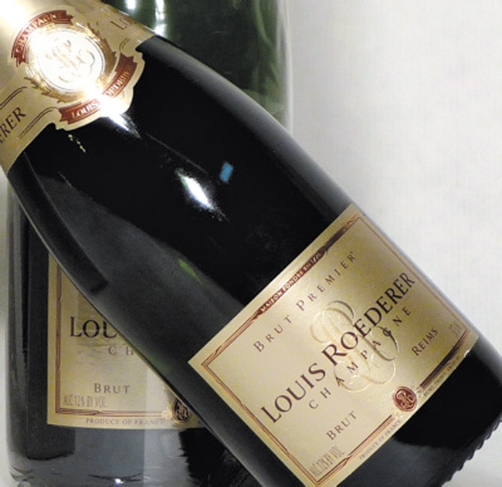Grower Champagnes, Champagne Houses
Oh how I looooove Champagne!
I was reminded of just how much today as I led a tasting of some of the best “Grower” Champagnes from two of America’s greatest importers: Terry Theise and Kermit Lynch. But as much as I love Grower Champagnes, I also give plenty of love to the Champagne Houses. It is not that I have to choose only one or the other, and neither do you. I just think it is worth knowing the differences.
mw-vino-090413-001
By law, a Grower Champagne, or what is called Recoltant-Manipulant in France, must make their wines with a minimum of 95 percent of grapes that they grow themselves. They actually can purchase up to 5 percent from another grower without losing their RM designation.
The big Champagne Houses, which are called Negociant-Manipulant, purchase a large majority of the fruit and or wine that they need to supply the world thirsty for their wine. Some of the large houses purchase up to 70 percent of the grapes and/or wine that go into their bottles. (Interestingly, in Champagne, a house can purchase both fruit and/or finished wine and put its label on the wine.) With RM’s you can see that they have complete control over the growing quality of the grapes, whereas the NM’s must ensure that they contract only the best growers for their production. I would say that one is not intrinsically superior to the other, as both have their flaws. On one hand, RM’s may not be very good farmers (to put it bluntly) or, more importantly, may not have very good terroir, or vineyard land. On the other hand, NM’s can have agreements with some great growers with excellent sites. And there are many variations in between.
An RM is more of a “terroirist.” In general, their Champagnes convey more of the expression of their own vineyards versus a house style. RM’s are generally quite small. Most of the producers that I tasted today own less than 25ha of vineyard for their production. So where these vineyards are – the villages and vineyards from which they come – become more important to the expression of the wine. This is the “soloist” phenomenon in Champagne. Take, for instance, a bottle of Paul Bara Grand Rose. It hails entirely from the Grand Cru village of Bouzy. Its production is a tiny 3,000 cases for the world. Imagine if it was to sell that fruit to a larger NM, which would use it in one of its blends that it crafts on the order of 100,000 cases? We would lose the individuality of this terroir and its message. Sad to think of it, but all large Champagne blends are not completely faceless and obtuse. The larger houses do produce blends with a consistency that is unmatched by the RM’s, especially with their size. There also is value in the “orchestra” phenomenon, where a blend of different villages’ wines can be more attractive in its complexity and harmony than a single note. For what it is worth, not all soloists are virtuosos, and not all orchestras are world-class.
RM’s, because of their smaller size, naturally give an impression of artisan, hand-crafted care given to their Champagnes. But I have visited numerous larger houses that give just as much care to their products, but just in a much larger scale (more hands on the job). But NM’s are much easier to find because of the size of their production. And on a note of sweetness/dosage levels, typically RM’s Champagnes are dryer than the NM’s, as they perceive sugar to mask the terroir in their wines, and a higher dosage also is an easy fix to hiding flaws in the wine (some call it a cheater’s technique).
For my palate, the wines that have a sense of place will always be the best. They are more than just flavor and hedonistic pleasure; they truly elevate themselves to a cultural as well as cerebral/intellectual and emotive experience. Both RM’s and NM’s can do that for Champagne and it is those experiences that I treasure and seek.
Recommendations: NV Paul Bara Grand Rose Brut ($60) A regal experience with 100 percent Grand Cru fruit dominate by the structure and fruit of Pinot Noir counterbalanced with the elegance of Chardonnay. Gorgeous! NV Louis Roederer Brut Premier ($55) Seamless Champagne with beautifully complex notes of tamarind, cookie dough, citrus and pine nuts. It also has more richness and velvety texture than most – luxurious.
Roberto Viernes is a master sommelier. Email rviernes@southernwine.co m or follow him on Twitter @Pinotpusher.






